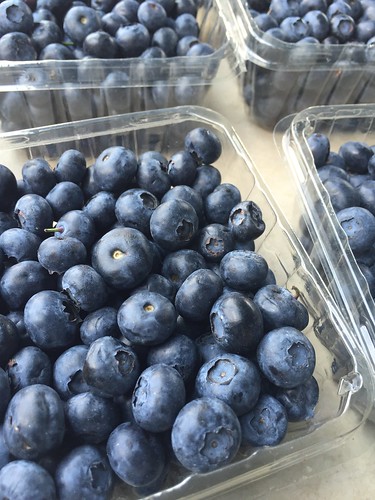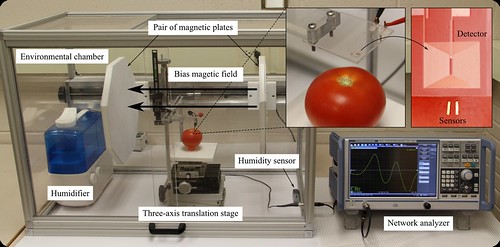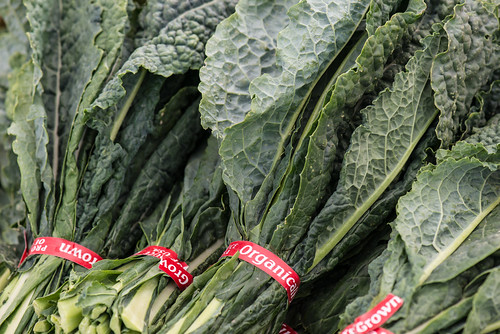
Serving Spoons and Healthy Habits – Encouraging Positive Mealtimes and Supporting Family Style Meals in Child Care
From the foods we serve to the conversations we share, involving young children in mealtimes creates a positive eating environment for everyone to enjoy. The Child and Adult Care Food Program (CACFP) provides almost 4 million nutritious meals and snacks each day to children and adults in child care and group day care settings. These mealtimes provide a tremendous opportunity to help children establish healthy eating habits. CACFP providers are engaging children in cooking, serving, and other mealtime activities as a way to get children interested in new foods and to encourage healthful eating behaviors.
On July 20, 2016, USDA Food and Nutrition Service (FNS) addressed these important topics by adding two new supplemental materials to an existing, comprehensive resource for CACFP providers, Nutrition and Wellness Tips for Young Children: Provider Handbook for the Child and Adult Care Food Program (CACFP). The new supplements, Create a Positive Meal Environment and Support Family Style Meals, offer fun ways child care providers can continue to create positive meal environments and adopt family style meals with children in their care. Through these practices, child care provides can help children try new foods, recognize foods from different food groups in a meal, and practice table manners. Both additions also offer tips and suggestions for including nutrition education activities during and outside of mealtimes. Supplement D: Create a Positive Meal Environment gives tips on how to spark children’s interest in food as well as how child care providers can continue to serve as positive role models when it comes to healthy eating. Serving, trying, and talking about brightly-colored fruits and veggies are great ways to engage kids at every meal as well as to encourage ‘adventurous eating’. This supplement also outlines examples of how kids from ages 2 to 5 can help with meal preparation.
Supplement E: Support Family Style Meals discusses how family style dining can be implemented in child care settings. Family style dining lets children learn by serving themselves. This helps children develop independence and fine motor skills as well as to eat according to how hungry or full they feel. These basic skills will help children establish healthy habits they’ll use for life. This resource also includes a special ‘Mythbusters’ section that addresses common concerns related to meal preparation, food costs, and serving styles and practices.
Supplement D: Create a Positive Meal Environment and Supplement E: Support Family Style Meals are available for download from the Team Nutrition Web site. For more nutrition education materials and resources that can be used at child care, schools, and summer meal and afterschool sites, please visit Team Nutrition’s Resource Library: http://www.fns.usda.gov/tn/resource-library. For more information on the USDA’s Food and Nutrition Service, please visit http://www.fns.usda.gov/.





















